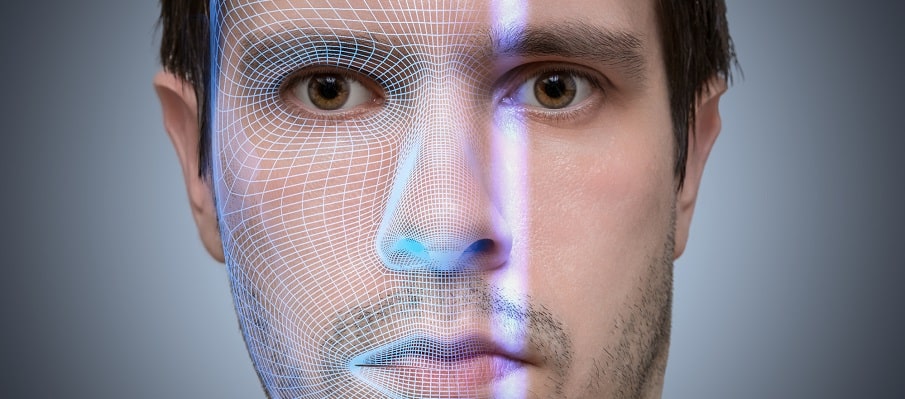With the development and use of new technologies, different methods of fraud have also spread in the identification of individuals concerning their interaction with other companies or individuals. Security is a fundamental element for companies such as banks and telecommunications companies and customers, and biometric facial identification, among other trends, has become one of the leading methods. This post tells you what biometric identification is, the trends in biometric recognition and the most common applications of this technology.
In this regard, a survey conducted by IBM showed that biometrics and multi-factor authentication are the two most preferred security options and revealed that 75% of participants use biometric identification and authentication tools, compared to 1 in 3 who use complex passwords.
What is biometric identification?
Biometric identification identifies an individual through physical characteristics or behaviour so that the identification is unequivocal. Among the most common technologies in biometrics are facial biometric identification, hand geometry, voice or iris recognition, or signature traces.
On the other hand, facial this identification consists precisely in using one or more features of a person’s face to identify them. Facial biometrics measures the iris and analyses the eyes’ shape, the distance between the eyebrows or from the nose to the eyes, for example.
What trends can be highlighted in biometric identification?
Biometric identification uses increasingly advanced techniques to prevent fraud or identity spoofing of individuals, e.g. preventing a person from using an image of another person to open a bank account. These are the most relevant trends in facial identification and other types:
- Combining several biometric techniques. As we have already mentioned, security is fundamental in online transactions; thus, two or more biometric data are often used to identify a person. For example, facial features such as iris and other features such as voice or DNA are used together. The security level may vary, e.g. a fingerprint or face may be enough to unlock a mobile phone, but for the identification of people by police officers patrolling the streets, a higher level of security will be required.
- Liveness detection. An example of identity theft is a static image taken from a social media profile. This is done by using the person’s photo so that it can be compared with a trusted source image. Liveness detection can be used to prevent fraud. Currently, there are several forms of liveness detection, e.g. by prompting the user to move their head so that it can be verified as a real person, 3D facial biometric identification, or thermal imagine
- Emotion recognition. Emotion identification can be used in vehicles to increase safety, as it allows us to know if the driver is tired, or in video games to know how players feel when they score points in a particular game. Through this technique, the movements of the face are digitally captured and then compared with various facial patterns that have been classified according to different emotions.
Applications using biometric facial identification
Facial biometric identification applications are developing, and currently, the following can be highlighted:
- Security forces use it to counter crime or to identify people at national borders.
- Security in public places (parks, public buildings, etc.).
- Travellers’ identification.
- Detection of genetic diseases in patients.
- Patient condition detection.
- KYC photo (Know Your Customer) or KYB (Know Your Business) processes.
- Analysis of customer emotions in retail.
- Sign contracts with electronic signature
- Signing documents with electronic signatures.
- Access to offices, buildings and other facilities
- Unlocking mobile phones and tablets.
- Contracting utilities (telecommunications, electricity, etc.).
- Client onboarding processes.
- Transactions with public administrations: registration or unregistration, tax payments, grant applications, etc.
In short, biometric facial identification is a technology moving forward due to its many applications and the level of security it provides. Therefore, regulatory developments must always support future developments to ensure that biometric identification complies with personal data protection regulations and guarantees individuals’ right to privacy. If you would like to know more about facial biometric identification solutions, Lleida.net can help you.
